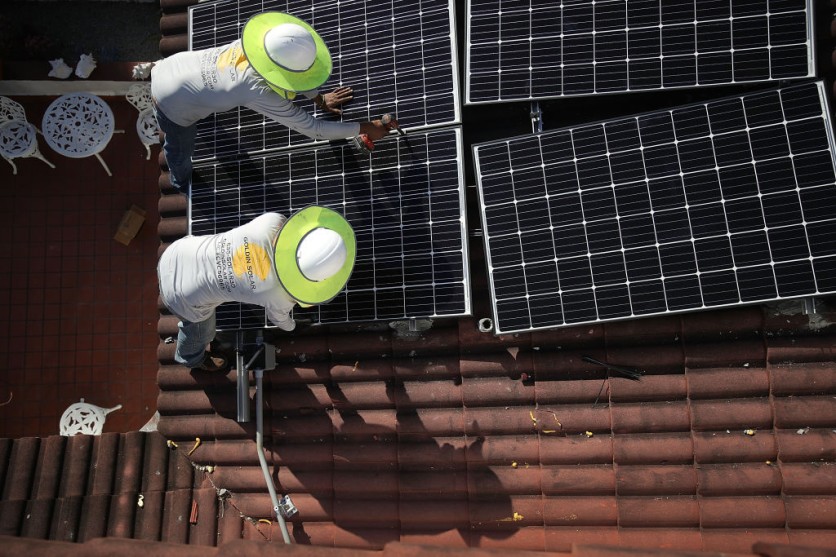Austria's Sonnenkraft has recently unveiled a new red-framed solar panel dubbed "Terracotta" that is complementary to most red-tiled roofs and is generally building-approved.
The German Institute for Building Technology (DIBt) has granted general building approval for the 400W double-glass solar panels with red frames. They have a 20.02% power conversion efficiency and use TopCon solar cells.

The managing director of Sonnenkraft, located in St. Veit a der Glan, Peter Prasser, unveiled the new solar module and praised its "Terracotta" panels for their potential to ensure that the preservation of monuments and the generation of sustainable energy work together.
According to Prasser, the terracotta module gives local added value and is the ideal choice for design-conscious clients with red-tiled roofs.
Solar energy systems are widely recognized for their advantages. Once installed, a solar system can help cut down on hazardous emissions, save power expenses, and even raise the value of a home.
Solar Energy's Costs
Most people find the thought of paying to install a solar system daunting. Sources indicate that the average home will cost between $15,000 and $20,000 to install solar panels.
This represents the full installation cost. Numerous tax breaks and credits have been developed by both the federal and local governments to promote the use of solar panels.
However, according to a previous report, even with the substantial 30% federal solar tax credit, the installation's overall cost is usually far higher than $10,000.
Specifically, a household solar system normally costs between $10,290 and $20,580 in the United States.
Biden's Solar Push
Biden recently celebrated Earth Day with a primary focus on solar power, revealing that it is rolling out $7 billion in federal grants for solar power projects to benefit low-income communities.
The US EPA's Solar for All initiative, which will supply residential solar power projects to over 900,000 low-income and disadvantaged households nationally, will be the source of the additional money.
A net-zero emissions economy by no later than 2050 and a zero-carbon power sector by 2035 are two further objectives that the program will help the administration achieve.
According to EPA Administrator Michael S. Regan, the chosen individuals will promote solar energy projects around the nation, which will result in the creation of numerous well-paying jobs, a reduction of $8 billion in family energy expenses, improved air quality, and the fight against climate change.
Furthermore, the administration claims that solar projects financed by this effort will generate close to 200,000 jobs.
In addition, the program supports Biden's Justice40 project, which aims to provide 40% of government funds for affordable and sustainable housing, clean energy, and other projects to underserved regions.
Despite recent expenditures, the US still has a ways to go regarding solar energy. Official statistics show that only about 3.4% of the electricity generated in the United States comes from solar energy, a small increase from 2.8% in 2021.
Solar power also produced energy from renewable sources, which increased from 13.5% in 2021 to 15.9% in 2022.
Related Article: Biden Administration Plans to Lift Tariff Exemptions on Chinese Solar Panel Technology

(Photo: Tech Times)
ⓒ 2025 TECHTIMES.com All rights reserved. Do not reproduce without permission.




